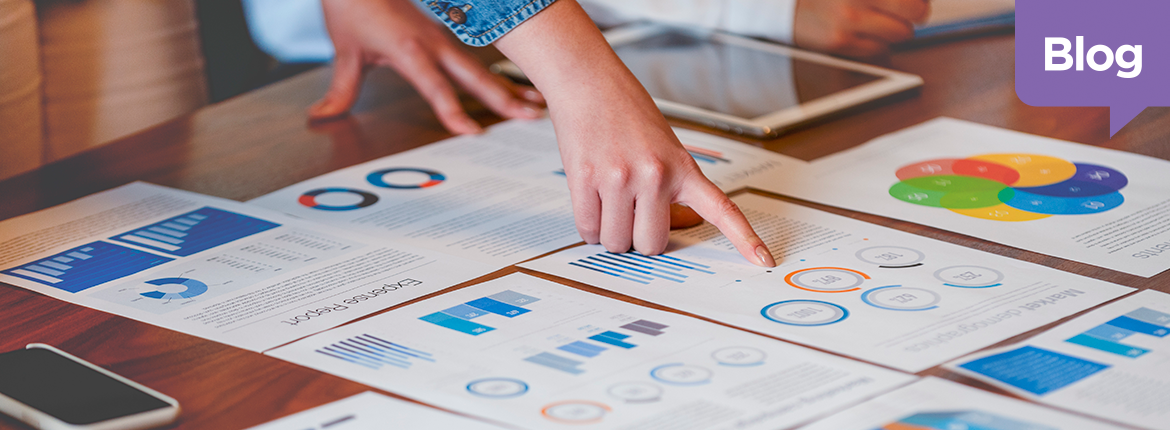
Why “Workforce Analytics” Is the New Must-Have HR Skill
CoAdvantage- Workforce analytics – sometimes also called people analytics or talent analytics – means applying Big Data principles and practices to workforce-related data.
In “Workforce Analytics 101: Your Top Questions” introduction to this subject, we wrote: “[Workforce analytics] means using existing data and statistics to generate insight into, and make evidence-based decisions about, HR issues like hiring decisions, compensation strategies, performance management, and more.”
However, it takes some work to become proficient in this area, requiring companies to adopt data-related best practices and technologies. Consultancy group McKinsey & Company details a 5-step journey that organizations must undertake. They note that even organizations that actually produce good data can struggle to use it if the information is difficult to access, aggregate, and analyze.
That’s why we reference workforce analytics as a skill rather than just a technology.
It’s not just a matter of having the data. It’s a matter of organizing, structuring, and extracting value from that data, and that requires appropriate data science and statistical skillsets. When organizations are successful here, they can reach McKinsey’s final stage of people analytics, where they can successfully generate “reliable predictions and recommendations for events and outcomes through data and analytics.”
Researchers have found that organizations with stronger workforce analytics practices tend to generate stronger financial outcomes, including 7% higher return on assets and 8% higher profit margins. “This research draws a very clear line between the adoption of people analytics and improved financial impacts, which is what we would expect, given how high-quality information about people can lead to much better decision-making,” says Stacia Garr, Co-founder and Principal Analyst at RedThread Research.
How? At root, workforce analytics closes information gaps and enables better decisions. As a result, organization decision-makers can make the right calls to better:
- Achieve strategic goals
- Cut costs and increase efficiencies
- Strengthen recruitment
- Increase profits
- Save time
McKinsey cites the response to the COVID-19 pandemic as an example of how workforce analytics can drive success: “The COVID-19 crisis provided a natural experiment for one large, global organization with a strong people analytics team.” They describe how remote working conditions almost certainly obscured visibility into employee working conditions and employee state of mind at this organization. That made managing engagement and well-being much more difficult. Organizations that have the technology and skill to generate homegrown surveys could close that visibility gap by regularly gathering information and then analyzing this data within hours of collection. “This capability enabled the organization to better understand the best ways to support employees in a challenging time and a fully remote work environment.”
CoAdvantage, one of the nation’s largest Professional Employer Organizations (PEOs), helps small to mid-sized companies with HR administration, benefits, payroll, and compliance. To learn more about CoAdvantage’s ability to create a strategic HR function in your business that drives business growth potential, contact us today.